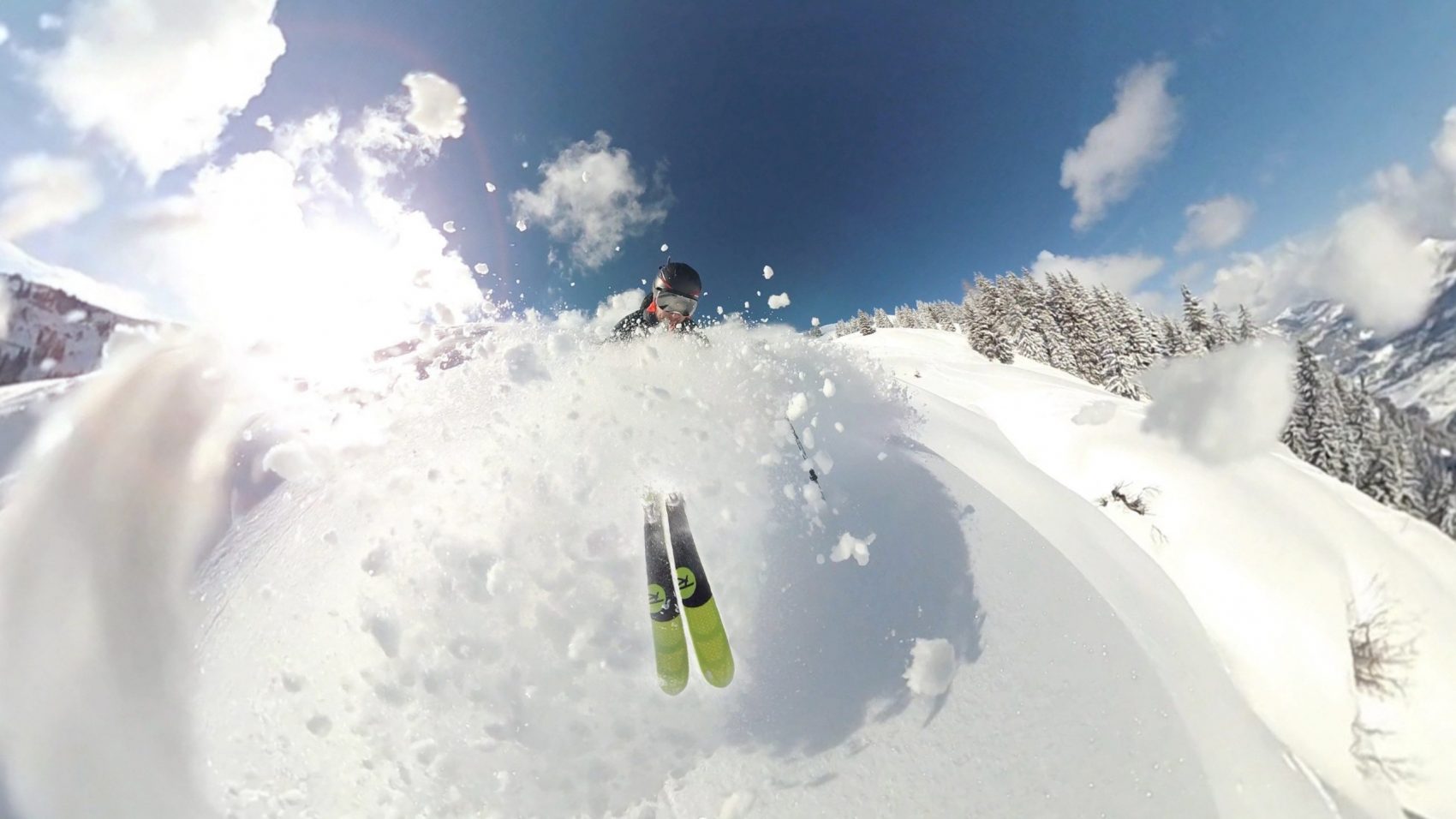
Most folks have probably heard some interesting nicknames and slang for different snow conditions and climates. Words like cold smoke, Sierra cement, and the ice coast get bandied about regularly. But what’s in a name? And why do different areas experience such different snow conditions?
Avalanche scientists and forecasters divide snow climates into three categories: maritime, continental, and intermountain, or transitional. Each of these snow climates has unique characteristics.
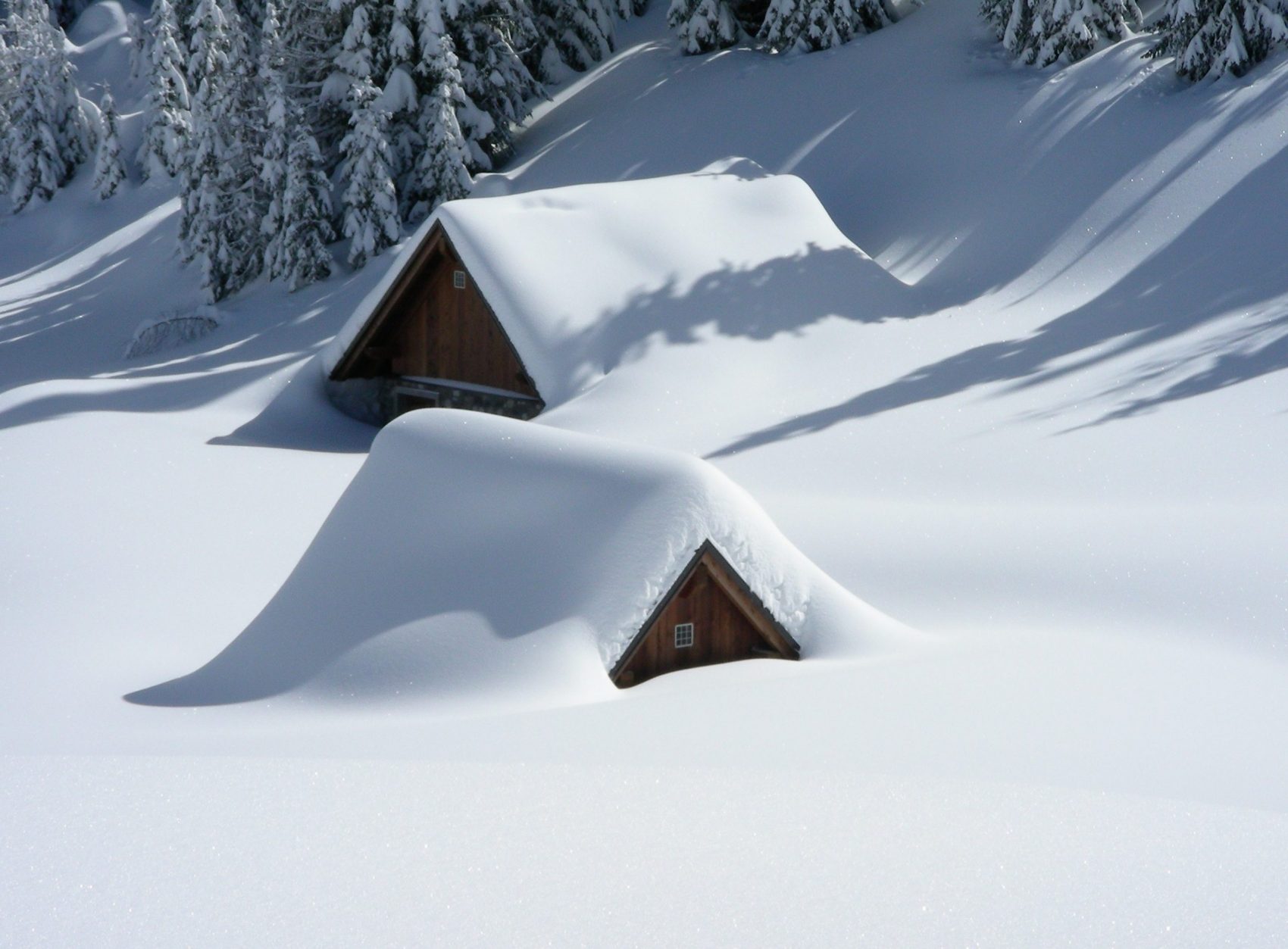
A maritime snow climate is characterized by a deep snowpack, often more than 100 inches deep! This snowpack also tends to be relatively wet and warm. As you can probably guess from the name, maritime snow climates occur along coastlines. Because the snow in a maritime snow climate is often heavy with a high snow-water equivalent, skiers and boarders affectionately refer to these snowpacks as Sierra cement (California) or Cascade concrete (Washington). Outside of the continental United States, maritime snow climates can be found in the Coast Mountains of British Columbia, parts of coastal Alaska, and western Norway.
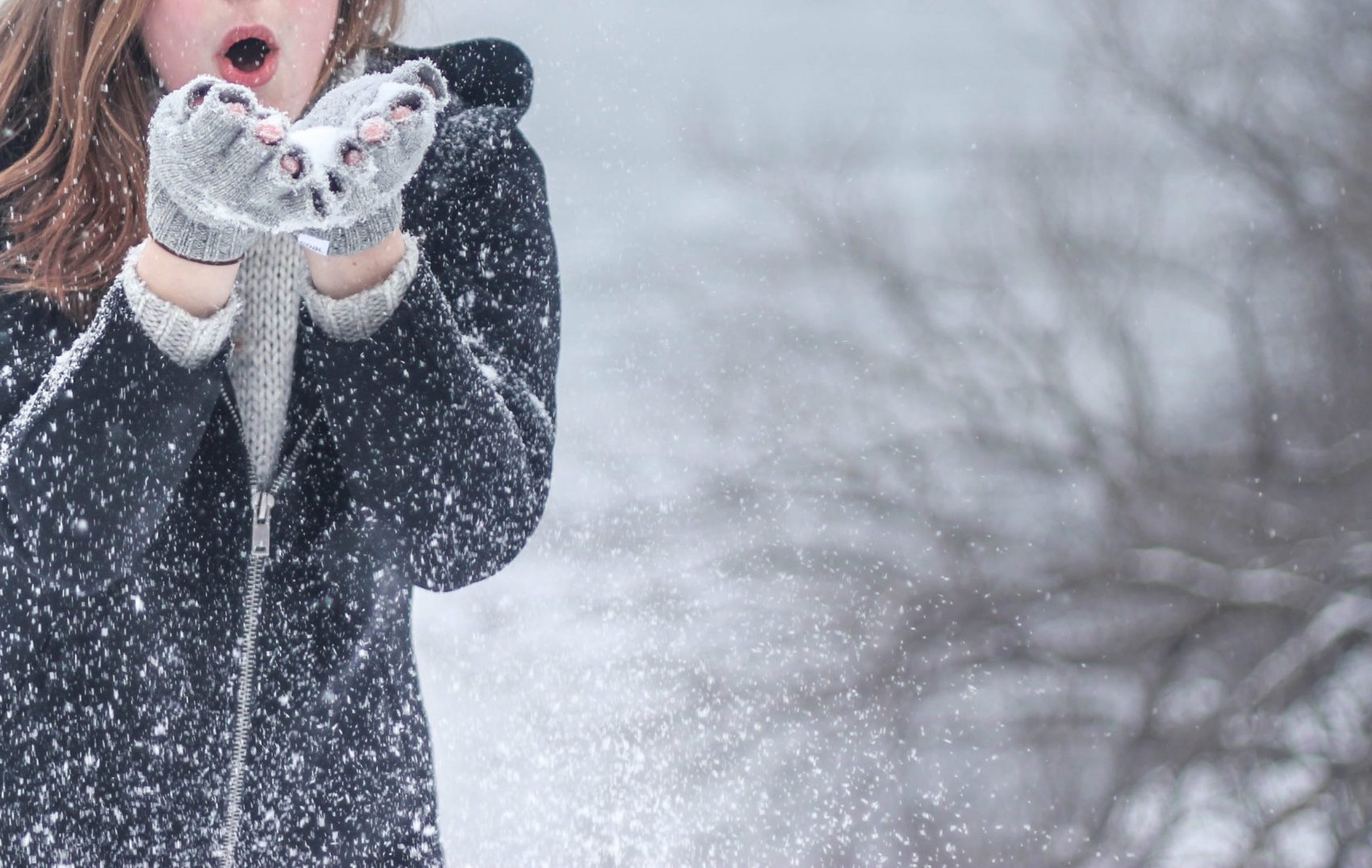
Conversely, a continental snow climate describes a snowpack that is often shallow at less than 70 inches. Snowfall in a continental snow climate occurs less frequently than in a maritime snowpack, and the snow that does fall tends to be dry and light with a low snow-water equivalent. Think cold smoke or blower powder, not concrete.
Since there is less snowfall in a continental snow climate, one may think that there is also less avalanche risk; however, this is not the case. Because snowfall is less frequent, surface hoar and depth hoar are more likely. Because the snowpack is more shallow and the ambient temperatures colder, there is a greater temperature gradient within the snowpack.
Both of these factors contribute to an increased risk of avalanche in a continental snow climate. Within the United States, continental snow climates can be found in the eastern Rocky Mountains, as well as interior Alaska. Continental snow climates also occur in the Himalayas and the Canadian Rocky Mountains.
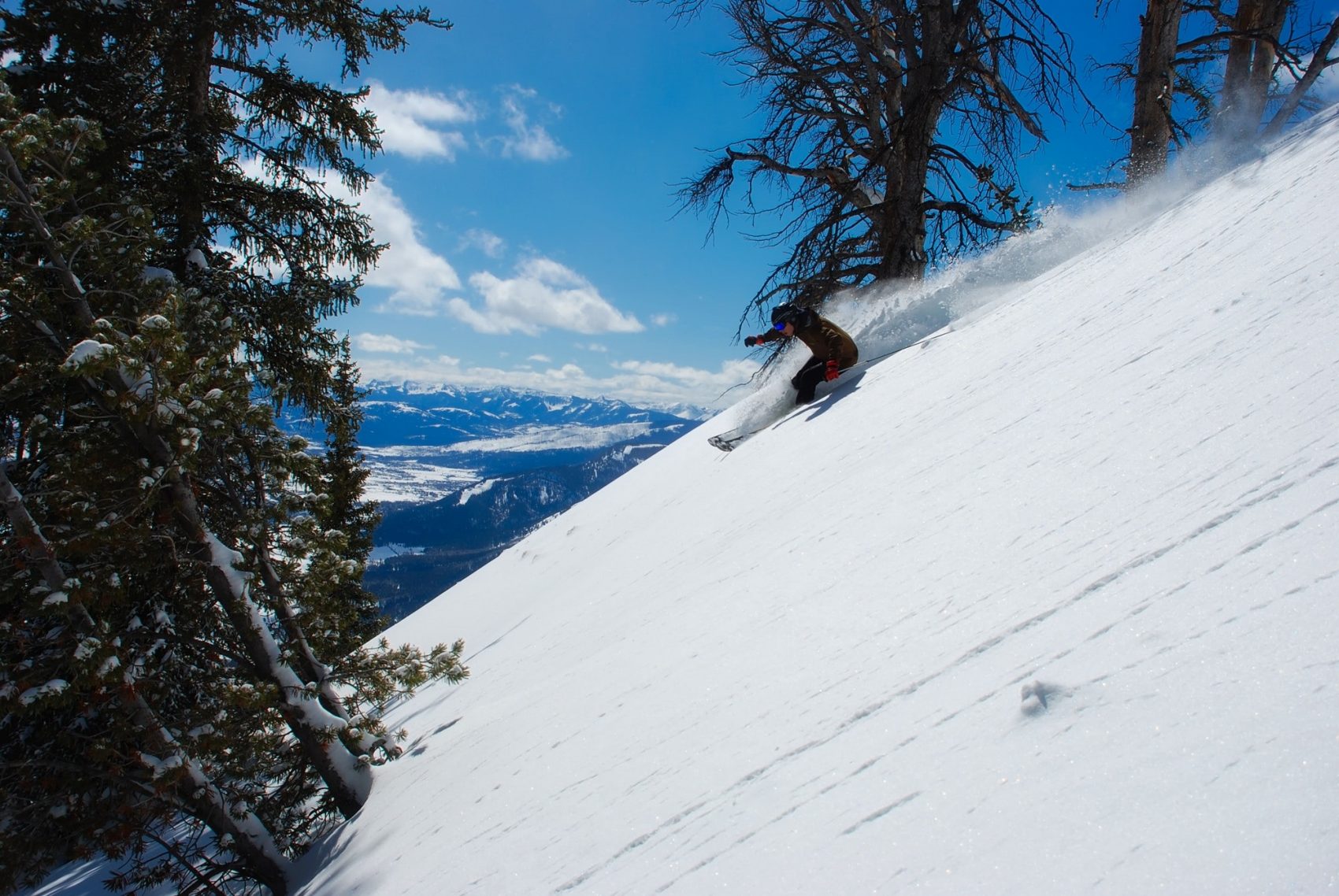
Intercontinental or transitional snow climates occur, as the name suggests, in between continental and maritime snow climates. An intercontinental snowpack is neither deep nor shallow, often with a depth between 70 and 100 inches. Examples of intercontinental snow climates include the Wasatch range in Utah, the Tetons in Wyoming, and the mountains of western Montana.
Famously, the Wasatch range is billed as having “The Greatest Snow on Earth,” due to its unique snow climate. University of Utah scientist Jim Steenburg claims that the Wasatch range has the world’s best powder skiing due to the tendency for lighter snow to fall on top of heavier snow. This creates flotation, or the feeling of bottomless turns without the thigh-burning effects of a large amount of heavy, wet, maritime snow.
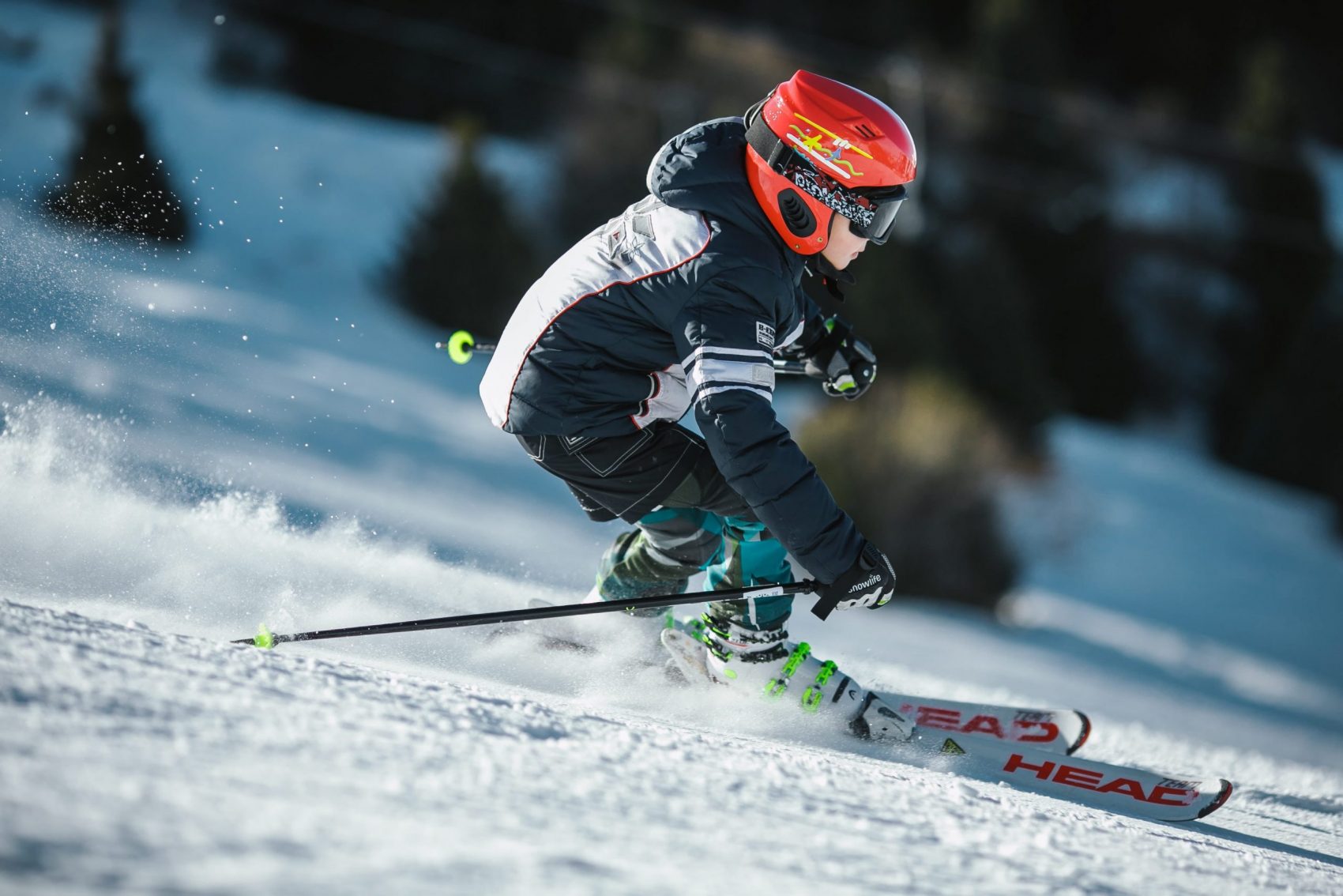
And the so-called ice coast? The mountains on the eastern side of the United States receive snowfall with a similar water content to a continental snow climate. But the east coast does not experience frequent snowstorms. In the time between storms, the snow absorbs humidity from the air and hardens. Also, due to the lower average elevations in eastern mountain ranges, there is more variability in temperature and a higher likelihood of rain-on-snow events. All of these factors create the icy conditions found on the east coast, earning the east coast the moniker of the ice coast.
Regardless of whether you’re skiing cold smoke or boilerplate, concrete, or blower, we can’t wait for the snow to fall so we can start skiing.